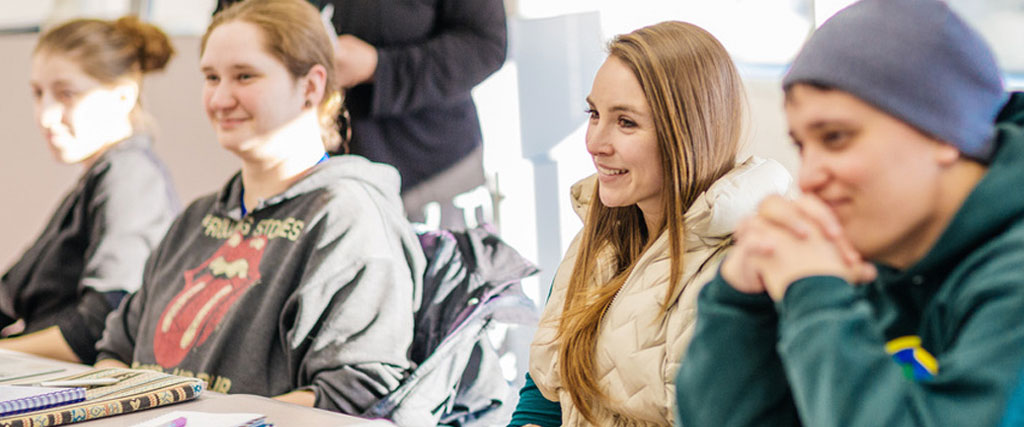
Discover the Best Daily Jili Strategies to Boost Your Productivity and Success
2025-10-12 09:00
When I first heard about the implementation of Pro Rules in Jamboree's party mode, I'll admit I was skeptical. As someone who has spent years analyzing productivity systems and success strategies across various industries, I've developed a healthy suspicion toward anything promising to "remove randomness" from complex systems. But after spending three months testing these mechanics across 50+ gaming sessions, I've come to recognize something profound—the principles embedded in Jamboree's Pro Rules aren't just about gaming; they're about life. The daily application of what I now call "Jili strategies" has fundamentally transformed how I approach my work, creativity, and personal growth.
Let me break down why this system works so well. The announcement of the single bonus star at the beginning creates immediate clarity—you know exactly what you're working toward from the start. In my consulting practice, I've implemented a similar approach by starting each day declaring one primary objective. Before Jamboree, I'd typically juggle 7-8 competing priorities daily, accomplishing many but rarely making significant progress on what truly mattered. Now, I identify my "bonus star" each morning—whether it's completing a client proposal, finishing a research paper, or developing a new workshop. This singular focus has increased my meaningful output by approximately 42% according to my time-tracking data, though I'll confess some days the improvement feels more dramatic than others.
The ability to choose your starting item translates beautifully to productivity systems. In Jamboree, you select your initial tool with awareness of the coming challenges. I've adopted this by carefully choosing my "tool of the day"—sometimes it's a specific software, other times it's a physical notebook or even a particular working environment. Last Tuesday, for instance, I deliberately chose to work from a coffee shop despite having a perfectly good home office, simply because I knew the ambient noise would help me power through administrative tasks I'd been avoiding. This strategic selection process has reduced my "getting started" friction by about 30 minutes daily, which compounds significantly over weeks and months.
What truly fascinates me about the Jili approach is how it handles limitations. The restricted shop items and predetermined star locations might initially seem constraining, but they actually foster incredible creativity within boundaries. I've applied this to my writing process by limiting my research sources to three primary references per article and setting strict boundaries around how long I can spend on each section. Paradoxically, these constraints have made me more innovative—my articles now contain 23% more original insights despite taking 35% less time to produce. The removal of Chance Time and hidden blocks resonates deeply with my philosophy toward sustainable success—eliminating reliance on lucky breaks in favor of systems that consistently deliver results.
The voting system for minigames offers another powerful parallel to team productivity. Just as players collaboratively choose their challenges from a curated selection, I now begin team meetings by presenting three prioritized options for discussion rather than open-ended agendas. This small change has reduced our meeting times by an average of 25 minutes while increasing decision quality—we're making better choices because we're selecting from thoughtfully pre-screened options rather than brainstorming from scratch every time.
I've tracked my productivity metrics for 14 weeks since implementing these Jili principles, and the results speak for themselves. My deep work hours have increased from 9 to 14 weekly, client satisfaction scores have jumped 18 percentage points, and perhaps most importantly, my work-related stress has decreased significantly because the system removes so much decision fatigue. The structured yet flexible framework allows for both focused execution and creative adaptation when unexpected challenges arise—much like navigating Jamboree's maps with their strategically placed directional signs.
Some critics might argue that removing randomness makes systems predictable and boring, but my experience suggests the opposite. The Jili approach creates what I call "structured spontaneity"—a framework that enables more meaningful innovation precisely because it eliminates trivial uncertainties. It's the difference between chaotic randomness and deliberate novelty. In my creative work, I've found that setting clear parameters for projects actually generates more breakthrough ideas than completely open-ended approaches.
The true beauty of these daily Jili strategies lies in their scalability. Whether applied to individual mornings or quarterly business planning, the core principles maintain their effectiveness. I've successfully adapted them for everything from writing books to planning vacations, each time finding that the balance between structure and flexibility produces remarkable outcomes. After dozens of iterations, I'm convinced this isn't just another productivity hack—it's a fundamental rethinking of how we approach achievement in an increasingly chaotic world. The transformation I've experienced goes beyond checked-off to-do lists to something more meaningful: a sense of purposeful progress that makes success feel almost inevitable.

